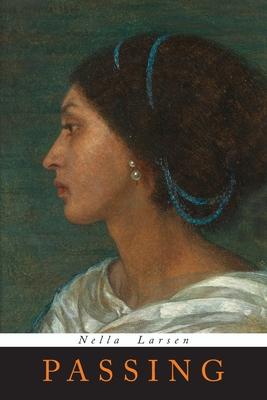Facsimile of 1929 Edition. Clare Kendry leads a dangerous life. Fair, elegant, and ambitious, she is married to a white man unaware of her African American heritage, and has severed all ties to her past. Clare's childhood friend, Irene Redfield, just as light-skinned, has chosen to remain within the African American community, but refuses to acknowledge the racism that continues to constrict her family's happiness. A chance encounter forces both women to confront the lies they have told others--and the secret fears they have buried within themselves. Critics have argued that through its attention to the way "passing" unhinges ideas of race, class, and gender, the novel opens spaces for the creation of new, self-generated identities. Since the late 20th century, Passing has received renewed attention from scholars because of its close examination of racial and sexual ambiguities and liminal spaces. It has achieved canonical status in many American universities.

Facsimile of 1929 Edition. Clare Kendry leads a dangerous life. Fair, elegant, and ambitious, she is married to a white man unaware of her African American heritage, and has severed all ties to her past. Clare's childhood friend, Irene Redfield, just as light-skinned, has chosen to remain within the African American community, but refuses to acknowledge the racism that continues to constrict her family's happiness. A chance encounter forces both women to confront the lies they have told others--and the secret fears they have buried within themselves. Critics have argued that through its attention to the way "passing" unhinges ideas of race, class, and gender, the novel opens spaces for the creation of new, self-generated identities. Since the late 20th century, Passing has received renewed attention from scholars because of its close examination of racial and sexual ambiguities and liminal spaces. It has achieved canonical status in many American universities.